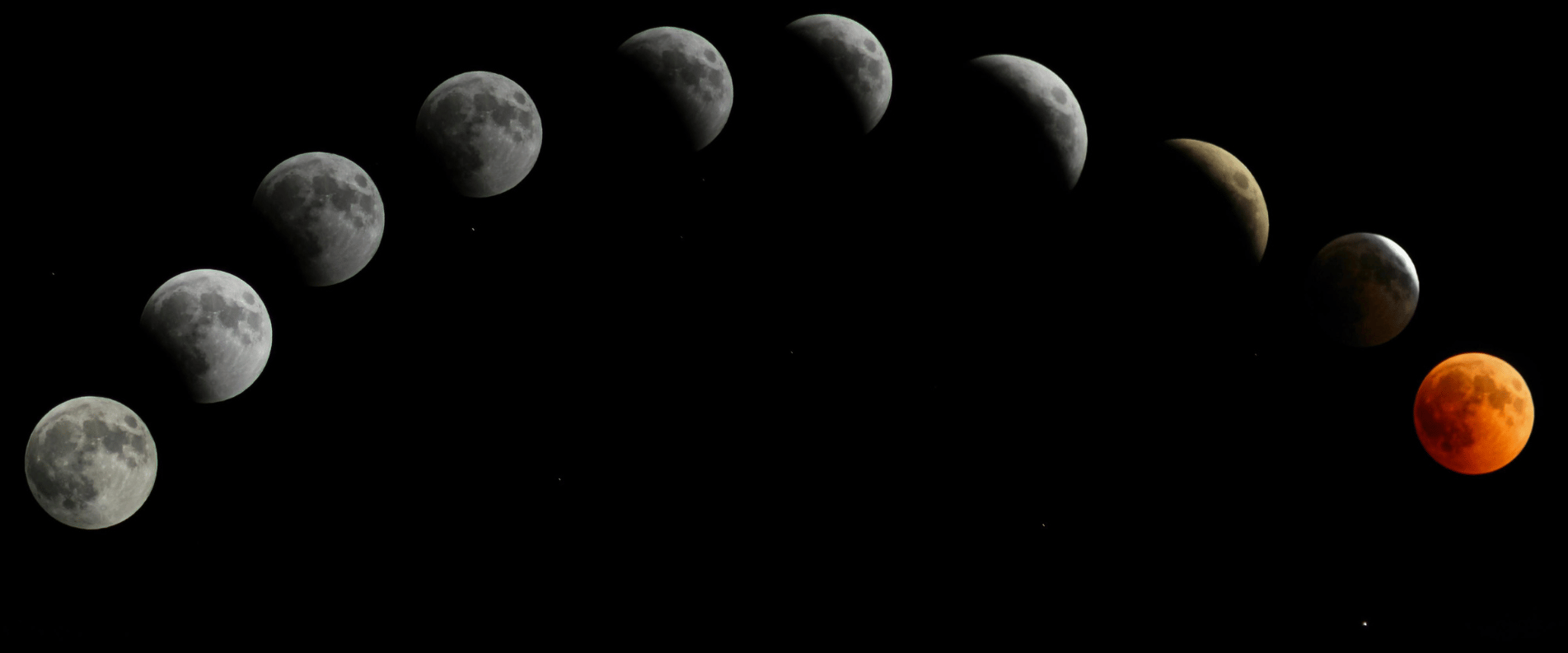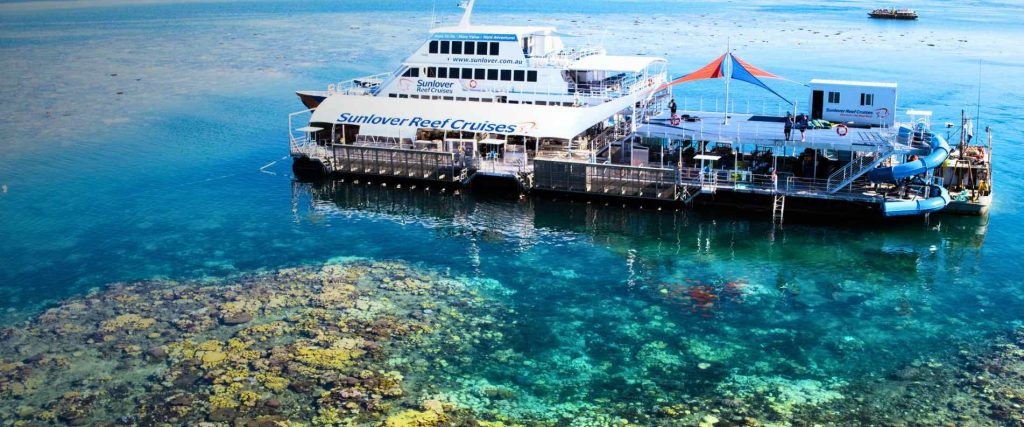What effect does the full moon have on the Great Barrier Reef?
There are eight phases of the moon, and each one triggers a different part of coral spawning. The spring full moon (normally in November) triggers the mass annual spawning of coral in the Great Barrier Reef.
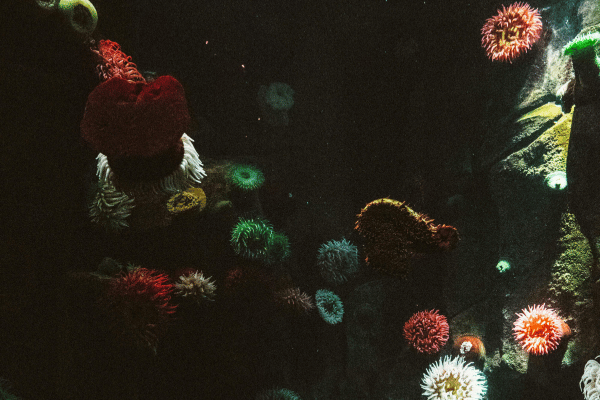
The full moon and mass coral spawning
The moon is necessary for the survival of life on Earth. It plays a part in the reproduction and continuation of the Great Barrier Reef.
The Great Barrier Reef is an extremely large and complex ecosystem which relies on both the sun and the moon for its survival.
A few days after the November Full Moon, the Great Barrier Reef’s largest annual reproductive event happens. It’s called coral respawning, and it happens every year (normally after the November full moon). This springtime full moon triggers tissues in the corals to begin their reproduction, which sparks the beginning of new life in the reef.
How does it work?
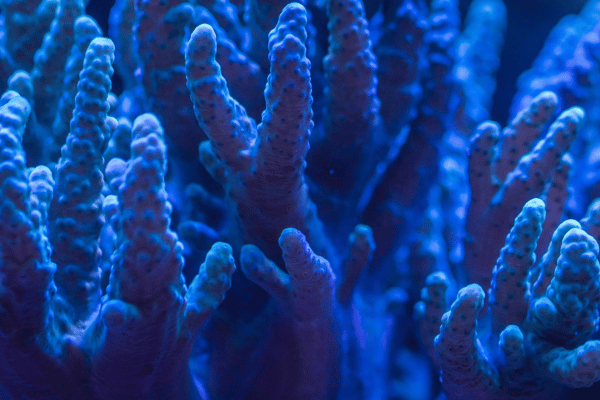
There are eight different phases of the moon, and each phase has an important part in triggering the phases of the corals‘ spawning. Each moon phase acts as a signal for the lifecycle of reef fish.
So, the moon affects the ecosystem as a whole, all the way from the reef fish down to the tiny microorganisms in the corals.
Several different factors link the springtime full moon to the mass coral spawning. The two biggest triggers are:
- Water temperatures
- Light levels
Warmer water temperatures affect the annual spawn
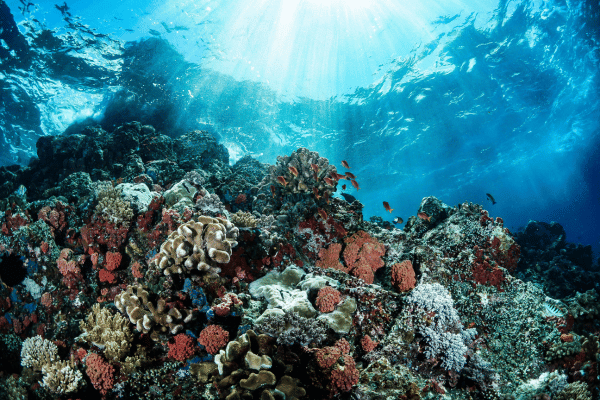
The coral spawning event isn’t just because of the full moon. It’s also triggered by water temperatures.
The temperature in Australian spring time tends to spike quite quickly, which in turn heats the ocean. The southern seas are cooler and deeper, so they tend to take a bit longer to heat up. Whereas the Great Barrier Reef doesn’t take as long to heat up, as the water is shallower.
The same rule applies to the inner and outer reefs. The inner reefs will heat quickly, as they are shallower. The outer reefs take longer, as they are deeper.
The warmer temperatures provide the perfect environment for the coral to produce gametes (sperm and egg cells) into the ocean.
Higher light levels
The second trigger is the higher levels of moonlight. These higher light levels trigger the release of the gametes into the ocean.
Shortly after this, there will be a long period of dimmed light, for the nights that follow the full moon. This is when the spawning is able to happen, as the dimmer light reduces the presence of predators. The reduction of predators to the freshly spawned coral therefore increases it’s survival rate.
After this combination of factors, the gametes are able to continue growing.
They take about 3-4 days to fully release into the ocean, and the spawning will happen around 4-7 nights after the full moon. After the full moon, the sperm and egg cells will join together to form offspring.
This mass spawning event adds to the survival chances of the coral. Some corals do get eaten by other larvae and plankton. But the higher the volume of coral spawning, the higher the survival rate. It’s a ‘strength in numbers’ situation.
What happens after that?
The fertilized eggs will develop into larvae. After they have completely matured, they will then settle onto the ocean floor. The reef gets repopulated with larvae and plankton, and the coral will continue to grow into a large marine ecosystem that attracts heaps of marine life.
And after all that, the coral only grows about 2 centimetres a year! Because it’s such a slow-growing organism, we must treat the reef with care.

